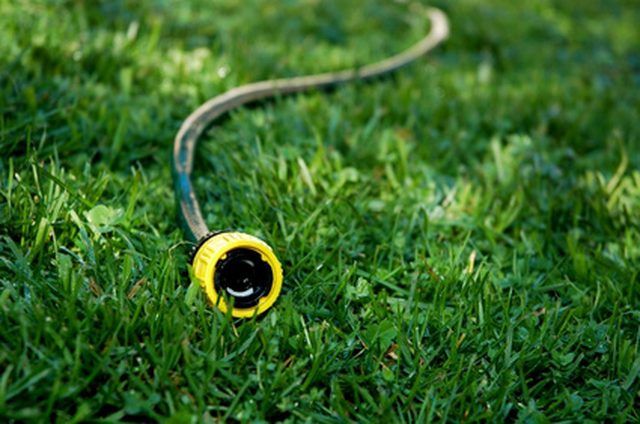Bulbs
Flower Basics
Flower Beds & Specialty Gardens
Flower Garden
Garden Furniture
Garden Gnomes
Garden Seeds
Garden Sheds
Garden Statues
Garden Tools & Supplies
Gardening Basics
Green & Organic
Groundcovers & Vines
Growing Annuals
Growing Basil
Growing Beans
Growing Berries
Growing Blueberries
Growing Cactus
Growing Corn
Growing Cotton
Growing Edibles
Growing Flowers
Growing Garlic
Growing Grapes
Growing Grass
Growing Herbs
Growing Jasmine
Growing Mint
Growing Mushrooms
Orchids
Growing Peanuts
Growing Perennials
Growing Plants
Growing Rosemary
Growing Roses
Growing Strawberries
Growing Sunflowers
Growing Thyme
Growing Tomatoes
Growing Tulips
Growing Vegetables
Herb Basics
Herb Garden
Indoor Growing
Landscaping Basics
Landscaping Patios
Landscaping Plants
Landscaping Shrubs
Landscaping Trees
Landscaping Walks & Pathways
Lawn Basics
Lawn Maintenance
Lawn Mowers
Lawn Ornaments
Lawn Planting
Lawn Tools
Outdoor Growing
Overall Landscape Planning
Pests, Weeds & Problems
Plant Basics
Rock Garden
Rose Garden
Shrubs
Soil
Specialty Gardens
Trees
Vegetable Garden
Yard Maintenance
Starter Grass Fertilizer
Starter Grass Fertilizer. Establishing a new lawn or simply patching up certain areas can be accomplished by applying new grass seed or sod. It is beneficial to lay a starter fertilizer before either seeding or laying sod to help the growth of the root systems to establish. Starter fertilizer is different than other lawn fertilizers because newly...

Establishing a new lawn or simply patching up certain areas can be accomplished by applying new grass seed or sod. It is beneficial to lay a starter fertilizer before either seeding or laying sod to help the growth of the root systems to establish. Starter fertilizer is different than other lawn fertilizers because newly planted grass requires different components to succeed in growing.
Starter Fertilizer Analysis
Starter fertilizer contains a different ratio of components than fertilizer for an established yard. New lawn seedlings require an adequate amount of potassium and phosphorus, which help them to develop strong roots. Nitrogen (the other of the three big components in most fertilizer) is primarily for the growth of leaves or foliage. A newly planted lawn will not require a lot of nitrogen until the seedlings have established a solid root system. Most fertilizers designate their ratio of nitrogen, phosphorus and potassium (N-P-K) using a three-number sequence on the label (i.e. 20-10-20). A starter fertilizer will typically hold a ratio of 5-20-20.
Application
The application of starter fertilizer is administered based on the size of the area being seeded, as well as the type of grass being used. The proper amount can be determined by following the instructions on the package. To fertilize small areas, sprinkling a hand full of fertilizer over the area will work fine. For larger areas, a hand-held seeder or fertilizer spreader will evenly distribute the material over the area. Once the fertilizer is laid, the soil should be raked lightly to mix the two. Grass seed should always be laid after fertilizer.
Organic Fertilizer
Using compost in the soil of a newly seeded lawn will supply the same nutrients and benefits as a store-bought fertilizer; however, the nutrients will be supplied to the seedlings more slowly and over a longer period of time. You can expect to see slow growth.
Timing
New grass seed and starter fertilizer can be used at any time of the growing season (outside of winter months); however, spring and fall are considered the best times of the year.
Warnings
Although fertilizers are helpful in producing lush green lawns quickly, too much fertilizer can damage the soil. If more starter fertilizer is applied than is necessary, excessive growth, weakened grass or fungus growth may occur.